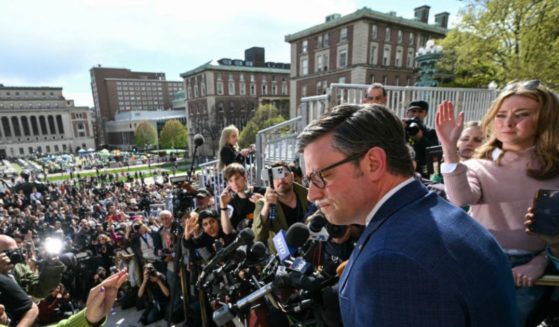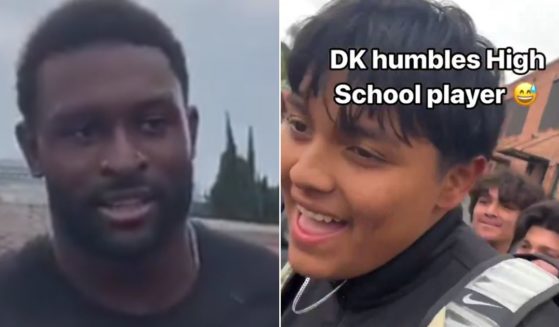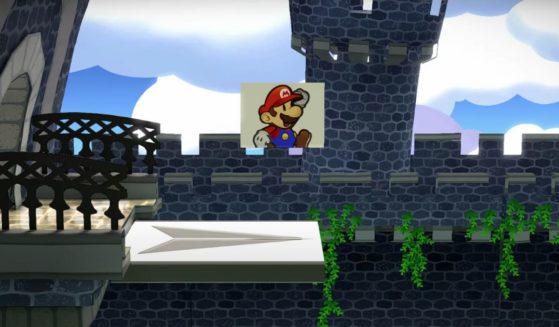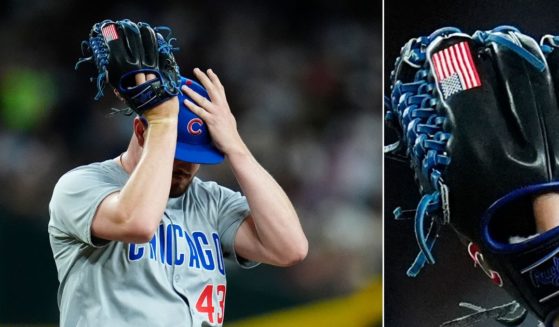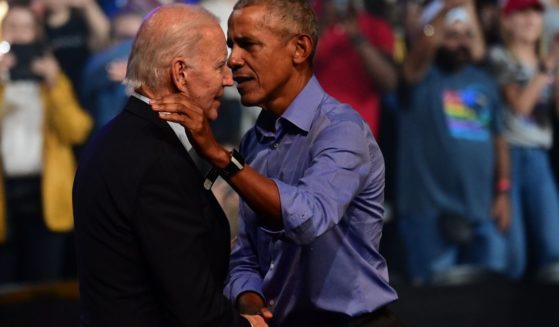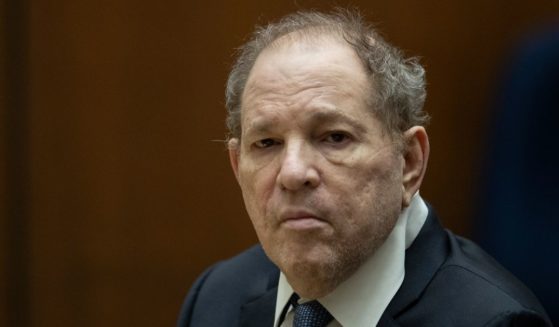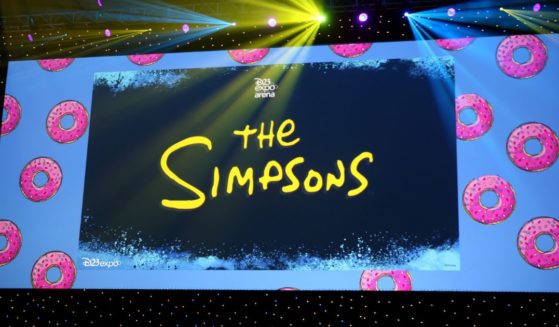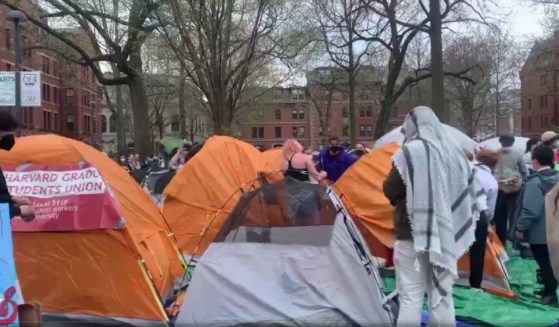California Learns Unintended Consequences, Vaping Crackdown Led to Something Worse
A San Francisco law prohibiting the sale of flavored tobacco products, such as menthol cigarettes, as well as flavored vaping liquids has backfired by doubling the likelihood that teens will smoke traditional cigarettes in response.
That’s the conclusion of a study conducted by the Yale School of Public Health. The results were published May 24 in the medical journal JAMA Pediatrics.
The research “applied to all tobacco products,” however, the study noted that “its outcome was likely greater for youths who vaped than those who smoked due to higher rates of flavored tobacco use among those who vaped.”
It indicated that after the ban was implemented, the odds of high school students smoking conventional cigarettes “doubled in San Francisco’s school district relative to trends in districts without the ban.”
Abigail Friedman, the study’s author, is an assistant professor of health policy at the Yale School of Public Health.
She’s worried about the fallout of the 2018 San Francisco ban on flavored tobacco and flavored vaping products, which deliver nicotine without tobacco. The goal of the ban was to prevent teens from becoming lifelong nicotine addicts.
But according to Friedman’s research, the ban didn’t deter teen smoking. All it did was block their access to flavored liquid vaping products.
“These findings suggest a need for caution,” Friedman said in a news release. “While neither smoking cigarettes nor vaping nicotine are safe per se, the bulk of current evidence indicates substantially greater harms from smoking, which is responsible for nearly one in five adult deaths annually.
“Even if it is well-intentioned, a law that increases youth smoking could pose a threat to public health.”
In response to the ban, many San Francisco high school students simply resorted to obtaining conventional cigarettes.
“What this tells us is if they can’t get that product, a good proportion of them are likely to smoke” conventional cigarettes, Friedman told News Nation Now.
Before the ban, self-reported smoking levels among teens in San Francisco and other school districts in California were consistently declining.
After the ban was imposed, cigarette-smoking among high school students in San Francisco rose. However, smoking continued to decline among teens in other school districts that did not impose a ban.
The study could have implications far beyond San Francisco. In 2020, California Gov. Gavin Newsom signed a bill passed by the state legislature to outlaw flavored tobacco and e-cigarettes, according to the Los Angeles Times. The law has been placed on hold, however, pending the results of a November referendum in which voters will have a chance to approve or overturn the ban.
Friedman said the outcome of her study should make lawmakers in other cities and states reconsider the efficacy of future bans on flavored vaping products.
“If Connecticut is determined to make a change before the FDA’s flavor ban for combustible products goes into effect, a good candidate might be restricting all tobacco product sales to adult-only — that is 21-plus — retailers,” she told News Nation Now.
“This would substantively reduce children’s incidental exposure to tobacco products at convenience stores and gas stations, and adolescents’ access to them, without increasing incentives to choose more lethal combustible products over non-combustible options like e-cigarettes.”
This incident is reminiscent of the destructive outcome of the anti-police Black Lives Matter protests.
The supposed goal of the demonstrations was to make black Americans feel safer by preventing phantom “racist cops” from hunting down them.
Liberal-run cities across America are plagued by violent crime after cutting funding for cops. #BlackLivesMatter #crime #defundthepolice #Democrats #innercitycrime #liberals #LosAngeles #Minneapolis #NewYorkCityNYC #police #USnews https://t.co/bTVDAWxFKQ
— Conservative Tribune (@conserv_tribune) May 25, 2021
In reality, BLM’s anti-cop protests made the black community — and all other Americans — less safe by igniting nationwide crime surges because police got pulled back.
‘Defund Police’ Backfires as Minneapolis City Council Begs for Cops After Crime Spikes https://t.co/uGWXxdgeLH
— Curious Rabitt ?????? (@CuriousRabitt) September 17, 2020
Former Maryland congressional candidate Kimberly Klacik, a Republican, blasted the left’s “defund the police” hysteria, saying it would hurt black neighborhoods the most.
In a viral video in August, she asked black Baltimore residents if they wanted to defund the police. They all said no.
“I had three sons killed in Baltimore,” one man said. “I think if we defund the police officers, it’s going to be worse than that.”
Another man asked, “What do you want to defund the police for? How do you defend your city, your community [without the police]? Families are losing people.”
Essentially, the BLM protests and the vaping ban both underscore that misguided policies end up hurting the very groups they’re supposed to help.
When it comes to government action, especially liberal government action, the supposed cure is often worse than the disease.
Truth and Accuracy
We are committed to truth and accuracy in all of our journalism. Read our editorial standards.

